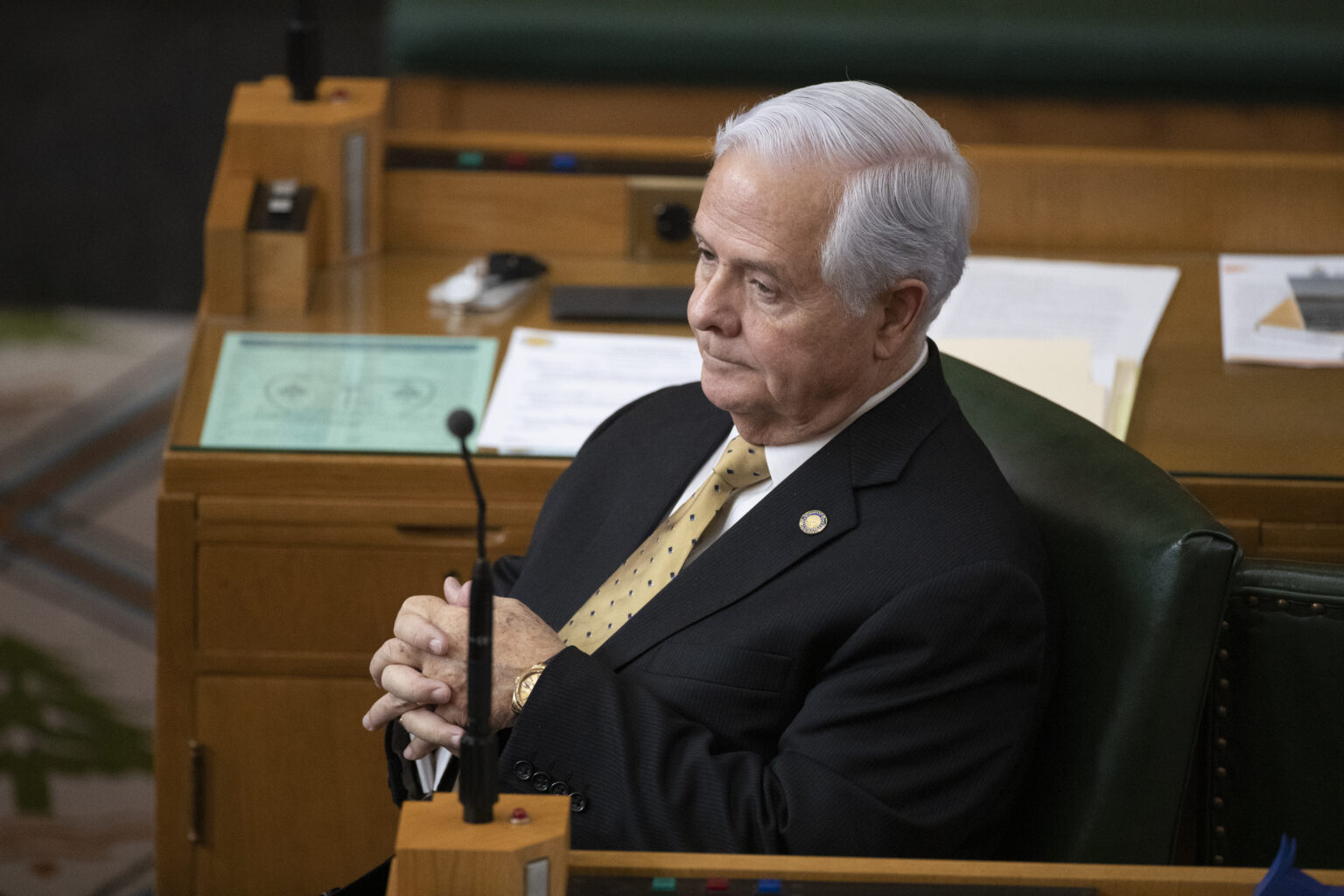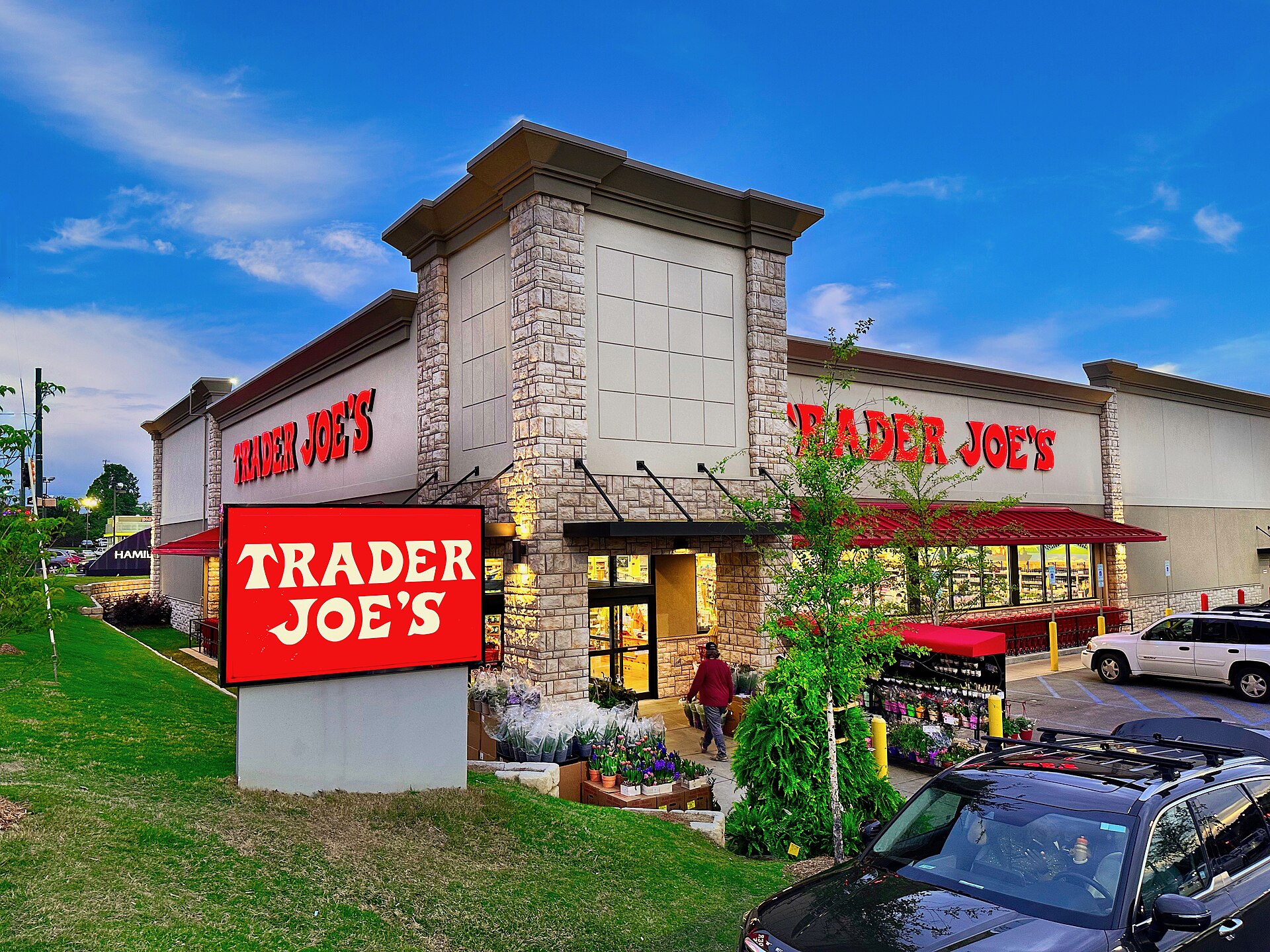Opinion: The bottle bill, an Oregon gem
Published 6:25 am Friday, June 13, 2025

- Stephen Rines, manager of the West Bath Redemption Center in West Bath, Maine, examines a wine bottle before determining which sorting bin it belongs in. States are under pressure to increase their support of the redemption system to help struggling redemption centers stay in business and continue the popular recycling programs. (Elaine S. Povich/Stateline)
Oregon’s bottle bill, established in 1971 as the first in the U.S and the second worldwide, leads the nation with an 87% beverage container redemption rate (2023 data) and a preliminary redemption rate of 90% for 2024, far surpassing the beverage container recycling rate of 26% in non-bottle bill states.

Susan Collins is president of the nonprofit Container Recycling Institute, which produces original research, objective analysis, responsible advocacy and wide-ranging education on beverage container recycling.
Although the Legislature has approved changes allowing retailers to refuse nighttime beverage container redemption based on reports of increased homelessness and drug activity during those hours, the facts still tell a clear story of an incredibly successful deposit return program.
When people who purchase beverages choose not to redeem their containers, those containers become available for someone else to redeem. Programs like Oregon’s, with a robust bottle and can deposit return infrastructure, can serve as a lifeline for low-income individuals, providing supplementary income that can help keep them off the streets.
Trending
Research from Occidental College economics professor Bevin Ashenmiller in California indicates that container redemption contributes a significant percentage to the livelihood of the lowest-income households, and can make the difference between being able to pay rent or not.
In addition, thanks to the bottle and can deposit return system in Oregon, nonprofit organizations like Ground Score Association in Portland and Everyone Village in Eugene are providing employment and workforce training, which is helping to keep people out of homelessness and less dependent on government services.
These programs are made possible due to the organizations’ ongoing partnerships with the Oregon Beverage Recycling Cooperative (OBRC), the statewide not-for-profit industry stewardship organization responsible for administering Oregon’s bottle bill. Overall, philanthropic programming via the bottle bill has raised more than $33 million for nonprofits across Oregon since 2009.
Oregon’s beverage container return volume has doubled in the last 14 years. The state’s bottle bill is widely regarded as the best in the U.S. because of its broad coverage of beverage types, a mix of convenient return options across the state, and centralized coordination by the OBRC to ensure a seamless user experience.
Yet some critics are positing that curbside recycling can replace the bottle bill with similarly high recycling rates. The facts tell a different story.
While curbside plays a role in beverage container recycling, many consumers believe that whatever they put in their curbside bins gets recycled, which is not the case. Newly available data show that in Oregon’s curbside programs, 41% of deposit plastic bottles are improperly sorted, and 53% of aluminum beverage cans end up in the wrong bale, meaning they may never get recycled. It is telling that in California (also a bottle bill state), when approximately half of the deposit return redemption centers closed between 2013 and 2022, the redemption rate dropped by 15% – but curbside recycling did not come close to making up the difference, even with widespread blue bin availability in many areas.
Trending
Bottle bills also reduce the number of littered beverage containers. A 2020 Keep America Beautiful study found that bottle bill states have half as much soft drink and beer container litter per capita compared to states without such programs. To further reduce litter, the OBRC partners with the nonprofit SOLVE for cleanup events statewide. Individuals who collect littered containers for income also contribute to waste reduction.
Oregon’s system is built on the principle of continuous improvement. For example, SB 992 includes a provision that will enable expansion of the People’s Depot, which could shift individual container returns away from downtown retail stores to The People’s Depot and more volume into the Green and Blue Bag program.
As beverage consumption continues to rise, we encourage residents to review the facts demonstrating the bottle bill’s success as an environmental, social and economic asset. It is important for Oregonians to consider whether they are willing to give up a program that promotes recycling, reduces waste, provides financial opportunities for those in need and directly employs hundreds of Oregonians – all while maintaining the nation’s highest beverage container redemption rate.
Susan Collins is president of the nonprofit Container Recycling Institute, which produces original research, objective analysis, responsible advocacy and wide-ranging education on beverage container recycling.







